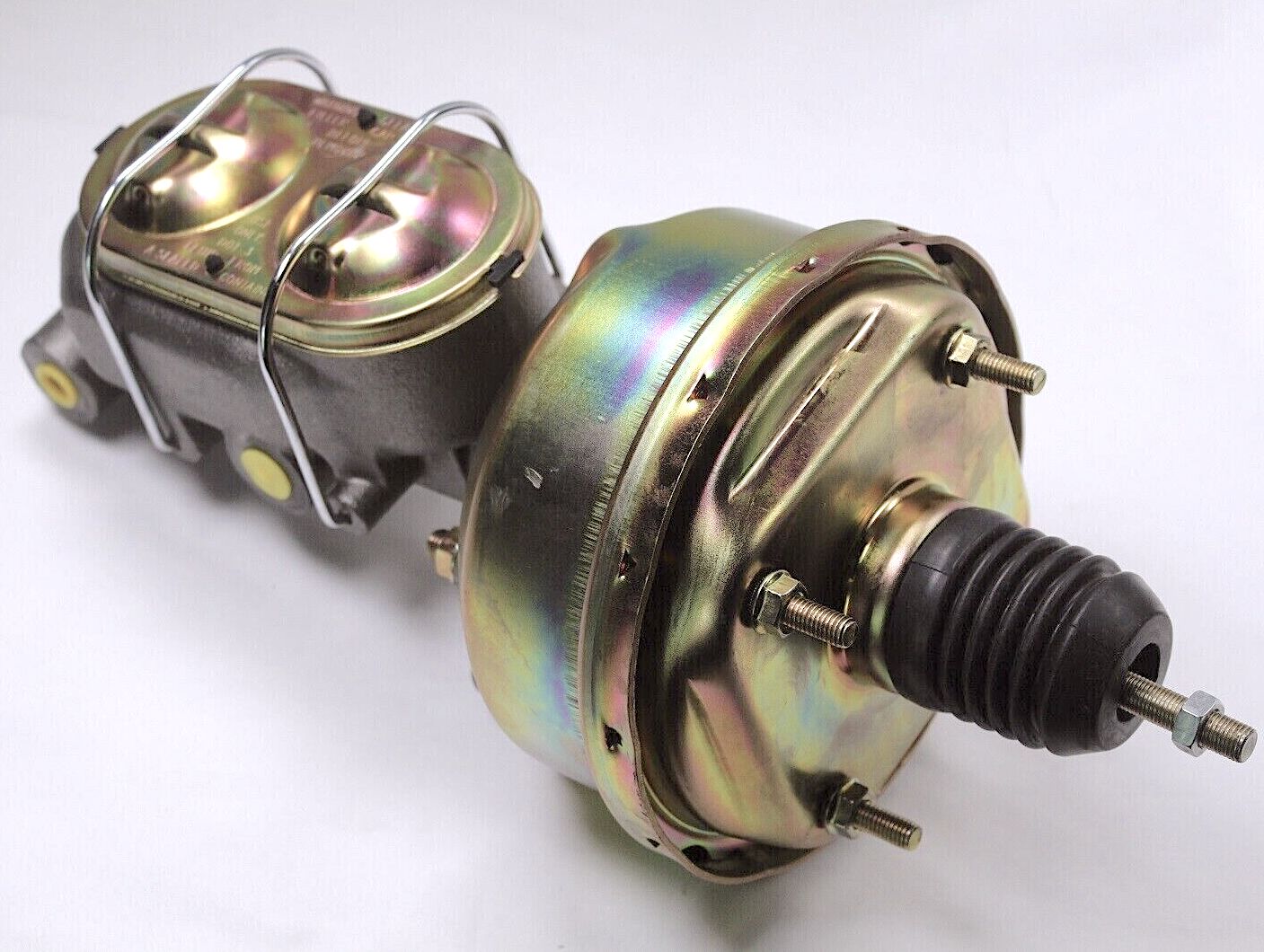What Is The Function Of The Brake Booster

The brake booster, also known as a power brake unit, is a critical component in virtually every modern passenger vehicle. Its primary function is to reduce the amount of physical effort required by the driver to apply the brakes effectively. Without it, stomping on the brake pedal would be a herculean task, especially during emergency stops. It allows drivers to safely operate vehicles even with high braking demands.
Understanding the Mechanics
To fully grasp the brake booster's role, we need to examine its internal workings. The most common type is the vacuum-assisted brake booster. This system leverages the engine's manifold vacuum – a readily available source of negative pressure – to amplify the force applied to the brake pedal. The booster itself is typically a large, round, drum-shaped unit located between the master cylinder and the firewall, behind the brake pedal.
Inside this drum are several key components:
- A Diaphragm: This is a flexible, airtight membrane that divides the booster into two chambers: a front chamber and a rear chamber.
- A Control Valve Assembly: This intricate mechanism manages the flow of vacuum and atmospheric pressure within the booster. It's directly linked to the brake pedal.
- A Pushrod: Two pushrods are present, one connects the brake pedal to the control valve assembly, and the other transmits the amplified force from the diaphragm to the master cylinder.
The Operational Process
When the brake pedal is at rest, both chambers of the booster are connected to the engine's manifold vacuum through the control valve. This results in equal pressure on both sides of the diaphragm, maintaining a state of equilibrium.
The magic happens when the driver depresses the brake pedal. The control valve assembly then isolates the rear chamber from the vacuum source and simultaneously allows atmospheric pressure to enter the front chamber. This creates a pressure differential across the diaphragm. The higher pressure in the front chamber pushes the diaphragm towards the rear, effectively amplifying the force applied by the driver's foot. This amplified force is then transmitted to the master cylinder via the output pushrod, which in turn pressurizes the brake lines and engages the brakes.
Releasing the brake pedal reverses the process. The control valve reconnects the rear chamber to the vacuum source and vents the atmospheric pressure from the front chamber. The pressures equalize, and the diaphragm returns to its resting position.
Types of Brake Boosters
While vacuum-assisted boosters are the most prevalent, other types exist:
- Hydraulic Boosters (Hydroboost): Used in vehicles without sufficient manifold vacuum (like diesel engines) or those requiring even greater braking force (like heavy-duty trucks). These systems use hydraulic pressure from the power steering pump to assist braking.
- Electric Brake Boosters: Emerging technology that uses an electric motor to generate the force amplification. This offers advantages in hybrid and electric vehicles, as it doesn't rely on engine vacuum or a hydraulic pump.
Troubleshooting and Maintenance
A malfunctioning brake booster can manifest in several ways. Common symptoms include:
- Hard Brake Pedal: Requiring excessive force to stop the vehicle.
- Increased Stopping Distance: Vehicle takes longer to come to a complete stop.
- Hissing Sound: Often heard when applying the brakes, indicating a vacuum leak in the booster.
- Engine Idling Issues: A significant vacuum leak can affect engine performance.
Regular inspection of vacuum lines and the booster itself is crucial. A simple test involves pumping the brake pedal several times with the engine off, then holding the pedal down while starting the engine. If the pedal drops slightly, the booster is likely functioning correctly. Professional diagnosis is recommended for any suspected brake booster issues.
Importance of a Functional Brake Booster
A properly functioning brake booster is not just about convenience; it's about safety. It ensures that the driver can apply adequate braking force in all situations, especially during emergency stops. It significantly contributes to reducing stopping distances and preventing accidents. As a vital part of the braking system, the brake booster's condition directly impacts the safety and performance of the vehicle. Its reliable operation is paramount for the safety of the driver, passengers, and other road users. Neglecting its maintenance or ignoring warning signs can have severe consequences.
